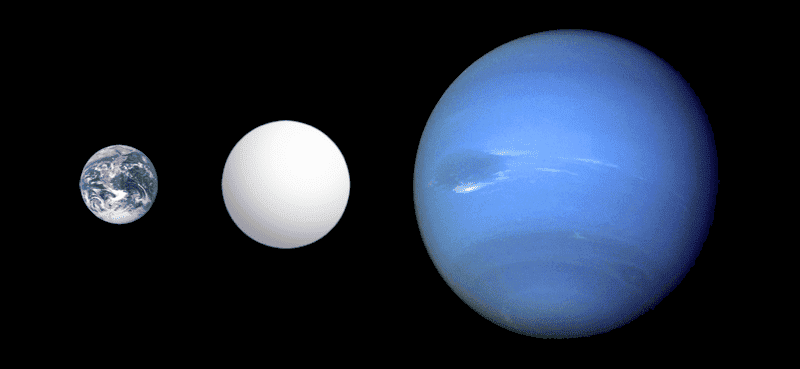The Massachusetts Institute of Technology (MIT) team of astronomers, in collaboration with other astronomers around the world, has managed to identify two rocky planets orbiting the star HD 260655. These planets are located in a system that is just 33 light-years from Earth.
According to data and estimates, the planets are rocky and have an approximate size of Earth. Planet HD 260655b is approximately 1.2 times larger, twice as massive as Earth, and slightly denser. Planet HD 260655c, on the other hand, is 1.5 times larger than Earth. It has three times the earth’s mass and is less dense than our planet.
The “time flow” is “faster” on these planets
The translational motion of these planets is quite fast. According to estimates, the planet HD 260655b orbits in just 2.8 days. The planet HD 260655c, on the other hand, orbits it every 5.7 days. With orbits very close to the star, these planets’ surfaces are very hot. They can reach temperatures of 710 K (approximately 436°C) on the innermost planet and 560 K (approximately 286°C) for the planet with the outermost orbit.

Still no rivals for Earth in “interplanetary colonization”
Thanks to these temperatures, they are considered uninhabitable. Furthermore, given these circumstances, it’s highly unlikely to have any sort of liquid water in these celestial bodies. However, the researchers are excited about the discovery, especially about the possibility of studying these new worlds. The inference about the existence of these planets was made by Michelle Kunimoto, a postdoctoral fellow at MIT’s Kavli Institute for Astrophysics and Space Research. By analyzing decay patterns in the star’s luminosity, Kunimoto was able to deduce that there were stars circling HD 260655.
The official identification of these planets was only possible thanks to the collaboration between researchers from the observatories in Hawaii (Keck) and Spain (Calar Alto). They shared findings through advanced equipment with TESS (Transiting Exoplanet Survey Satellite). To those unaware, TESS belongs to NASA (it’s just one more of its advanced types of equipment) and has its mission led by MIT. Its goal is to recognize and observe the nearest shining stars.





